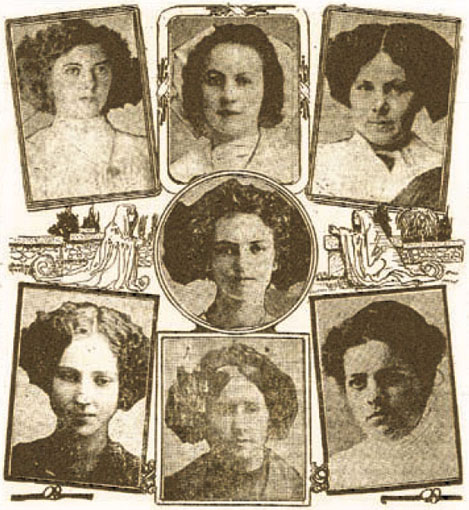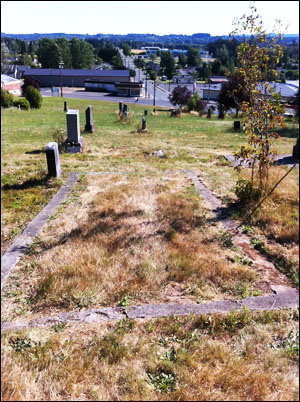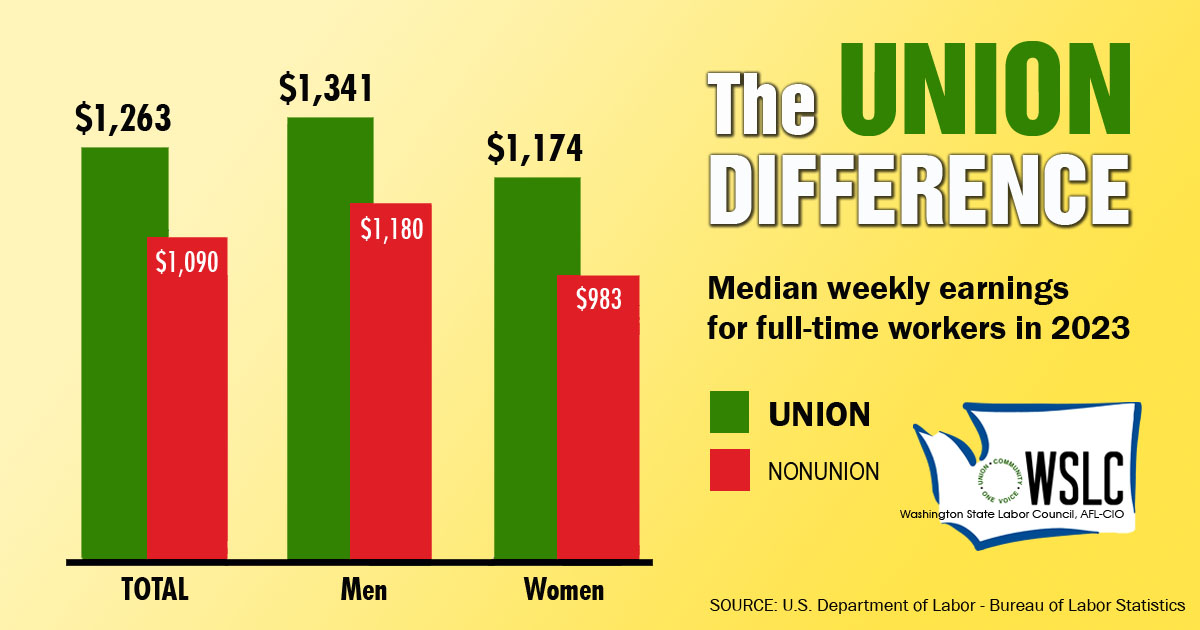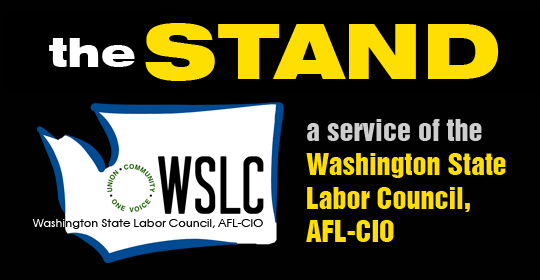LOCAL
100 years later, ‘The Girls’ will be honored in Chehalis
UPDATE: The Girls monument to be dedicated Tuesday, Nov. 1 in Chehalis
Following is the story of the 1911 Imperial Powder Company explosion just outside of Chehalis that killed eight young women. This tragedy changed the course of workers’ compensation and labor history in Washington state. In recent years, the unmarked grave site of the victims, known as “The Girls,” was discovered. Now, an effort is underway to erect a proper permanent memorial there. Details on that effort — including where you can make contributions for the installation this memorial — are at the end of the story.
 In 1911, Chehalis was booming. New businesses were moving in along with European immigrant labor and plenty of unskilled workers anxious to earn a paycheck. The Imperial Powder Company was welcomed to a location on Coal Creek Road to supply explosives for underground coal mines and for farmers to remove stumps to clear fields for needed crops. Workers were routinely subjected to long hours, hard work and dangerous conditions.
In 1911, Chehalis was booming. New businesses were moving in along with European immigrant labor and plenty of unskilled workers anxious to earn a paycheck. The Imperial Powder Company was welcomed to a location on Coal Creek Road to supply explosives for underground coal mines and for farmers to remove stumps to clear fields for needed crops. Workers were routinely subjected to long hours, hard work and dangerous conditions.
In 1911, the Washington State Legislature enacted laws protecting workers but those laws were just words in the books. On the morning of November 1, 1911, all of that changed.
A flame ignited the powder dust in the packaging room of the Imperial Powder Company. The intense fire flashed so quickly that eight girls packing powder into boxes didn’t have time to run for the door. Their breathing air was replaced by hot burning gasses and they died at their work benches. The intense heat prevented rescuers from entering the building for hours. One girl’s body was identified by a ring; another by a missing tooth. The others were burned so badly it was impossible to tell one from the others.
The victims:
— Ethel Tharp, age 20
— Tillie Rosback, age 18
— Ethel Henry, age 18
— Sadie Westfall, age 16
— Eva Gilmore, age 16
— Bertha Hagle, age 16
— Vera Mulford, age 14
— Bertha Crown, age 14
The whole community was in shock. The hastily-called coroner’s inquest jury was made up of town leaders who had invited the powder company to the area. Even though company managers were known to smoke cigarettes near the packing room, in half an hour the inquest jury ruled they didn’t know the cause of the fire but the company was without guilt. The news of their decision enraged citizens all over the Northwest and public pressure forced the state to begin serious enforcement of workplace regulations to prevent such needless deaths.
One hundred years later we know that November 1, 1911, was a pivotal moment in the history of working men and women in Washington State and that these girls were the reason for it.
Before that date, workers were almost expendable. Lose one, hire another. Workplace injury and death were accepted as part of life. After the loss of these eight girls, workers had the courage to point to new regulations and rely on new enforcement of safety rules in the workplace. How many thousands of lives were saved by that change in attitude?
The Girls were so poor that only one family could afford a headstone. Six of the families pooled their money to pour a foot-wide concrete border around their six graves. The other two are presumed buried next to the others, but no records were kept. The community, anxious to forget the whole event, did nothing to memorialize their tragic deaths. The location of the graves was quickly forgotten. The cemetery where they were buried was soon abandoned and became an overgrown jungle of impenetrable brush and rotting trees.
Twenty years ago, a local resident purchased the old cemetery as a volunteer project to restore it so the buried would not be forgotten. The dark trees were removed and the thick brush was pulled out one square foot at a time, revealing almost a hundred previously hidden headstones. Twenty-six house-sized piles of brush were burned to reveal the burial grounds.
The owner found the old news stories about the eight girls buried there. He located the one headstone of Ethel Henry half-covered in mud, but there was no trace of the foot-wide border. Once the clearing was done, the owner decided to grade down a mound of dirt to make mowing the future grass easier. As they were scraping away the topsoil they heard a “clunk” as they struck buried concrete. They slowly exposed the foot-wide border surrounding six graves. They had found “The Girls.”
No child deserves to be buried without a proper marker, especially these eight young women. On the 100th anniversary of their deaths, it is time for us to remember their important place in our history and to erect a marker that will never again be forgotten, that will never again be lost, that will stand as the permanent memorial of their lives and of this important event.
Donations are being gratefully accepted to pay for the installation of this memorial, which will be the largest in the cemetery and will be visible from Market Boulevard. Its inscription will explain how the tragic deaths of The Girls led to changes in the enforcement of workplace safety regulations and saved many Washington workers’ lives. Their place in history will not be forgotten.
Please make checks payable to “The Girls Monument Fund” and send them to Security State Bank, P.O. Box 900, Chehalis, WA, 98532, or deposit your contribution at any branch of Security State Bank. Thank you in advance for your generous contributions.
A ceremony to dedicate The Girls’ memorial is tentatively planned for 4 p.m. on Tuesday, Nov. 1, the 100th anniversary of the Imperial Powder Company fire.
For more information, contact Bob Guenther, President of the Thurston Lewis Mason Counties Labor Council at 360-520-9575. Also visit tlmlabor.org to learn more about The Girls.






